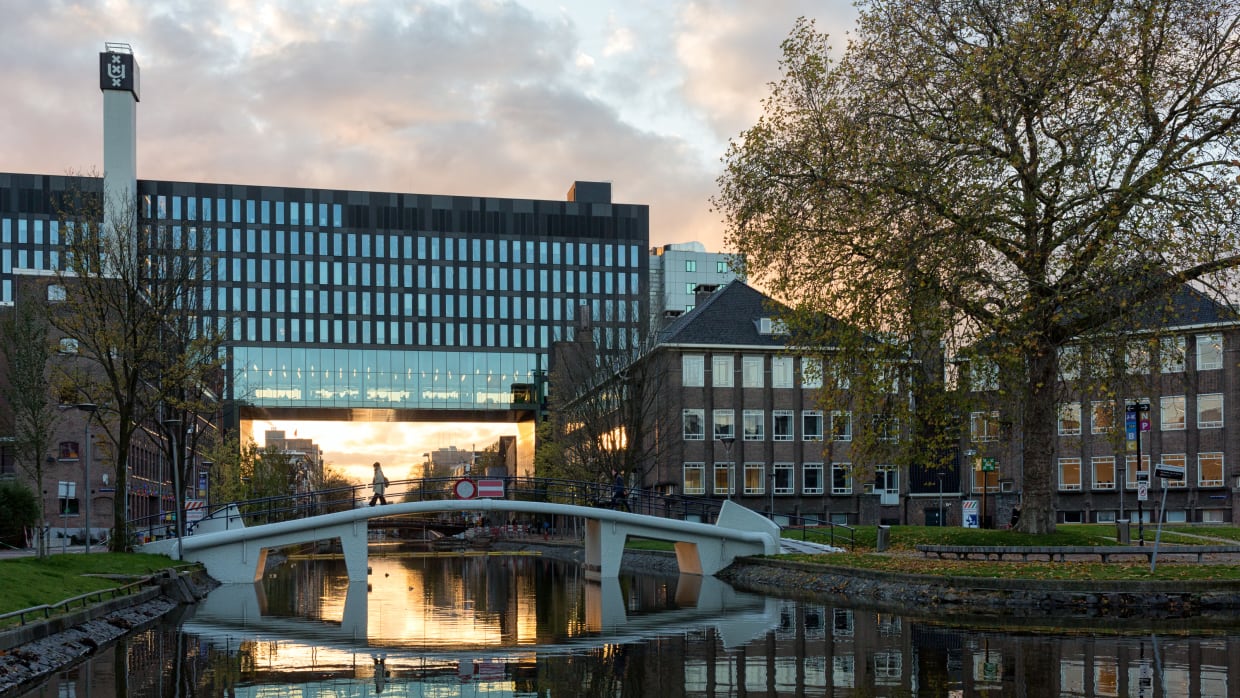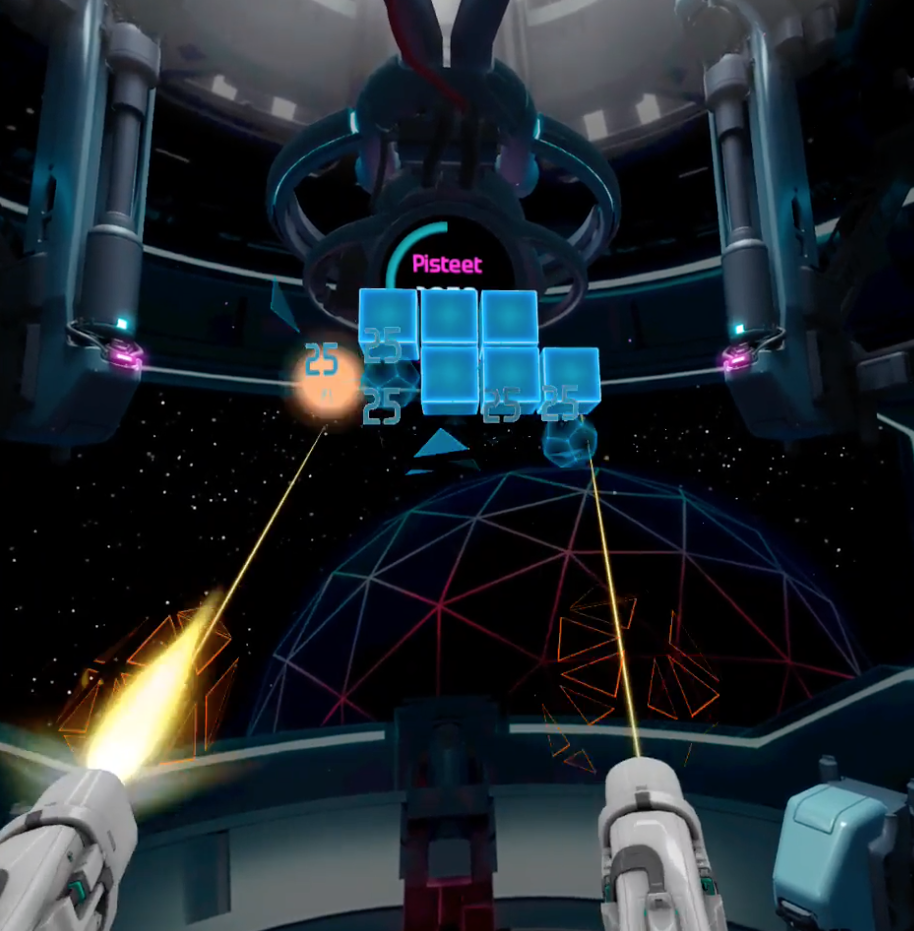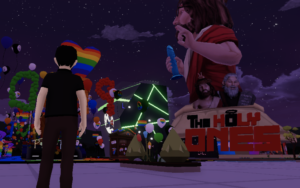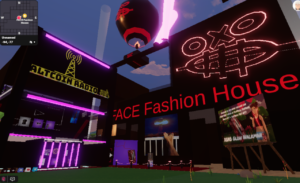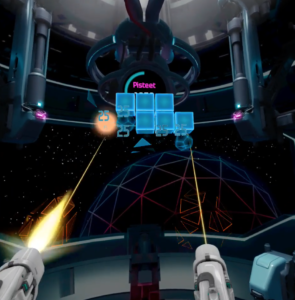During this spring, I have been delighted to organise and mentor multiple middle school students who come and learn about what working at a company as a user researcher could look like. In Finland, the work practice program is a mandatory, week-long experience where students aged 14 to 16 learn to perform simple work-related tasks. So basically, I, an intern, have been tasked with researching other “interns”. Confusing, yes, I know.
During this spring, we’ve had many young interns come and participate in our company’s design sprint which has been designed to study the Metaverse and VR technology. Our goal was to understand the usability of virtual headsets and see their current limitations from the perspective of a middle school student. Moreover, we wanted to figure out viable solutions for the limitations we found. The idea of having middle schoolers come and participate in the sprint is not only to have them experience a more fun work practicum but also to gather important data and insights from the demographic that they represent. More precisely, we wanted to find out what students would want to see more in the metaverse themselves. It is a fact that most children aged 14-16 have grown up in a world where digital technology has been present for their whole lives. These so-called ‘digital natives’ have much to show in terms of adaptability in the VR landscape as well as have great insight into what the current trends are in regard to the internet in general. All of this data is crucial for the company I work for as we study the possibilities, marketability, and solutions to promote our consultation services in web 3.0.
We tried a wide range of games and applications on the Oculus Quest 2 intending to see what kind of capabilities the headset had to offer during the time they were at our company. Our goal was to have as much fun during the process as well! A typical design sprint (which I’ve had the honour of facilitating) started with an introduction of the company and what the week would entail. After welcoming and briefing the students, they are tasked with studying what metaverses like the Decentraland platform have to offer. Tests like these are done without any obstructions and data is collected quantitatively in an interview setting via voice recording, camera recording as well as screen recording. Everything is up to the student themselves to figure out. The students make their own avatars and explore the landscape together and separately find different galleries, minigames and landmarks within the Decentraland. The students are later tasked to take screenshots of anything they felt that was cool, weird, or something that they felt could be improved.
Even without much structure, the students were always able to find much more of what the metaverse had to offer than we researchers could. Preliminarily, what the students have discovered is that the UI (User Interfaces) are very simple and lacked a mechanism that would help them to navigate. The solution the students came up with was to add a search bar to the map. Moreover, the students recommended that there should be a waypoint system to make navigating through the map easier as routes would seem clearer to the users. During our sprints, the students have found minigames to play and progress through, visited NFT art galleries, watched TV shows in movie theatres, and enjoyed the parks and shopping malls created by companies like Samsung and Adidas.
